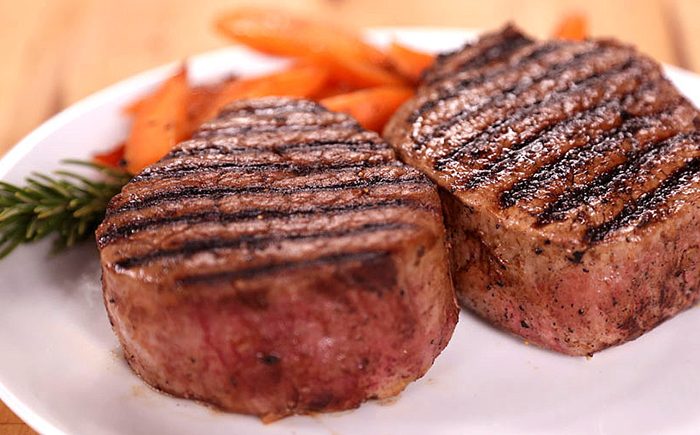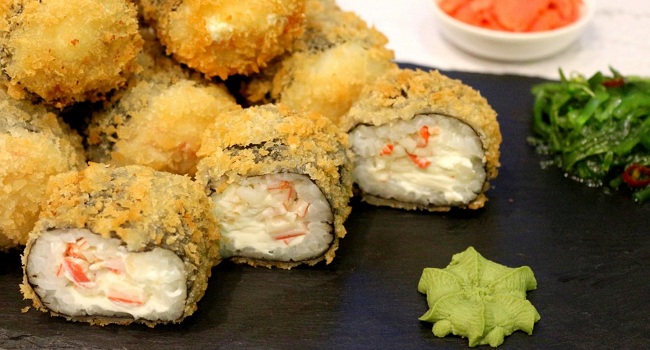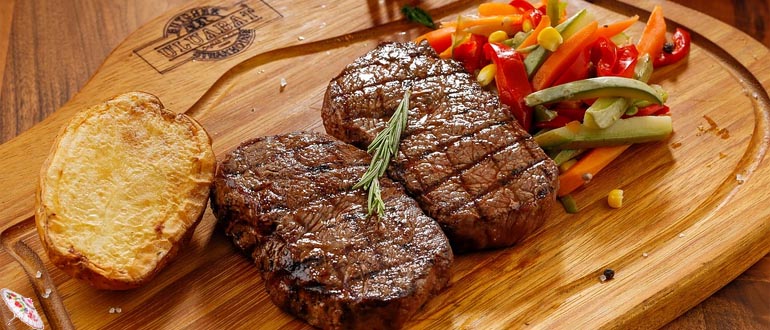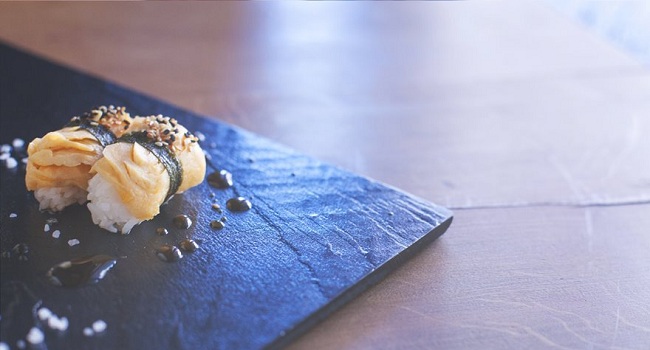A properly cooked steak is a piece of incredibly juicy meat that just melts in your mouth. To prevent it from turning into a rubber sole, you need to know 10 secrets that will completely change the idea of cooking.

- There is no need to take meat out of the refrigerator and leave it for half an hour or an hour to warm it up to room temperature. This is a completely useless procedure. We take a piece of meat from the refrigerator and cook immediately.
- Yes, the meat should be marinated in natural yogurt, which will make the steaks tender and flavorful.
- When frying in a pan, the pepper will simply burn out, so you need to pepper the meat when it has been removed from the stove or grill. It is enough just to salt it, if desired, you can lightly sprinkle it with cornstarch, which will help form a beautiful golden crust.
- The butter often burns while the steak is fried. Therefore, it is recommended to cook meat with animal fat or ghee. But thanks to bacon, the steak will have a more pronounced meat flavor.
- Gordon Ramsay suggests using the easiest way to determine the degree of doneness of a steak. This is its own face. The bloody steak feels like our cheeks, the medium-rare steak matches the chin, and the well-done can be compared to the forehead.
- Everyone loves the grill marks on the meat. And in vain, because they are nothing more than burnt meat. A properly cooked steak is a completely caramelized piece.
- Another myth is that a steak is flipped only once. Chefs recommend doing this at least six times, frying for a total of 3-4 minutes on each side.
- This is the most difficult task when preparing steak. The meat should rest for 10 minutes so that all the juices are distributed over the piece. To keep it warm, you need to cover it with foil.
- It is customary to first fry the steak in a pan, and then bring it to readiness in the oven. We suggest doing the opposite. We bake the steak in the oven at a low temperature, and then fry it in a pan and get a piece of fragrant and juicy meat with a beautiful crust.
- It is possible to marinate meat before frying, but this often complicates the process of obtaining a crust on the steak, in addition, the sugar, herbs and garlic contained in the marinade can burn. It is best to marinate the meat after cooking when it is resting.











